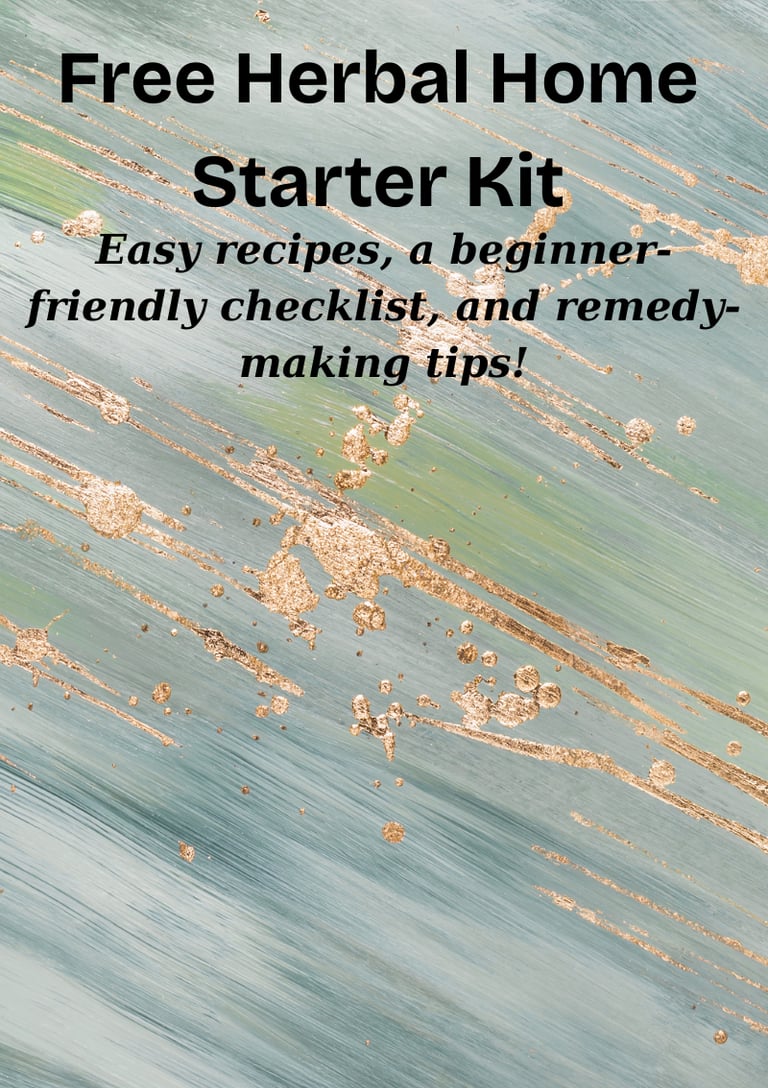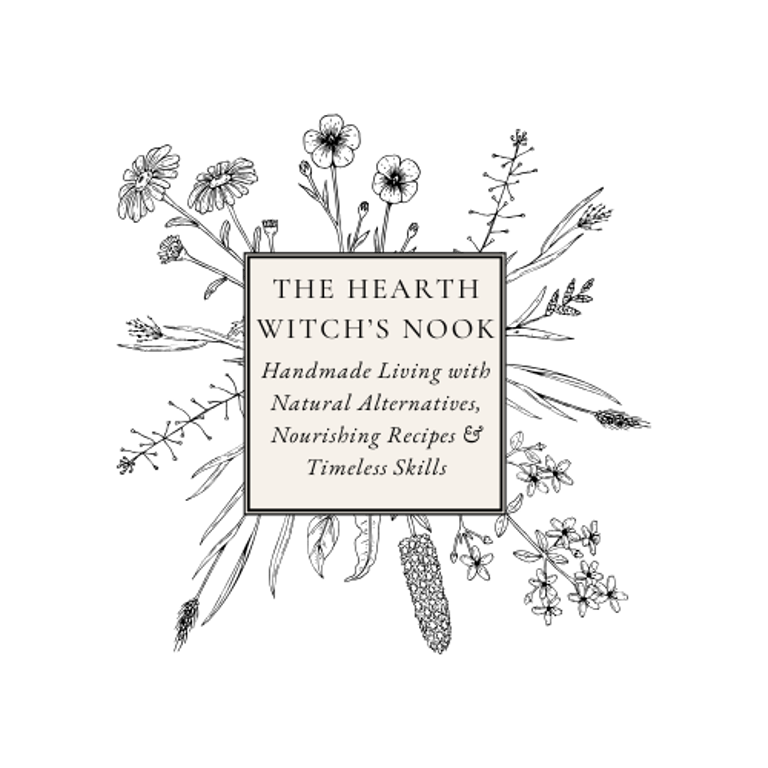Homestead Kitchen Staples for Simple, Nourishing Living
Start your homestead journey in the kitchen with fresh bread, homemade broth, and beginner crochet washcloths. Easy swaps for real food and cozy routines.
HOMESTEAD KITCHEN & PANTRY STAPLES
CJ
6/13/20255 min read


The Real Secret to Homesteading? Start with the Kitchen
When people picture homesteading, they often think of big gardens, chickens, or rustic cabins. But for me, it started with bread. Not the aesthetic kind either—I mean real, crusty-on-the-outside, chewy-on-the-inside bread. And once you make your own bread, it’s hard to stop. Suddenly, store-bought tortillas feel sad. Jarred broth feels flat. You realize how many small, simple things you can make better at home—with better flavor, fewer ingredients, and a whole lot more soul.
The real secret? Realizing that scraps you used to toss out can become some of the most useful things in your kitchen—from compost to feed your garden, to veggie peels and bones turned into deep, rich broth. Once you start looking at leftovers as future ingredients, everything shifts.
The homestead lifestyle doesn’t have to start on a farm. It starts with a mixing bowl—and a mindset.
3 Pantry Swaps That Made My Kitchen Feel Like Home
These are the three staples that truly transformed the way I cook and stock my pantry:
1. Fresh-Milled Flour Bread
It started with curiosity—why does fresh ground flour spoil within a few days, but my commercial organic flour can sit on the floor for weeks without expiring? So, I started experimenting with fresh grinding my own flour. The result? Bread that tasted alive. Sweet, nutty, warm, and hearty in a way I didn’t know bread could be. I started experimenting with wheat berries—mixing hard red for protein and soft white for tenderness. And I haven’t looked back since. Helpful tip, to keep your top soft, slather with butter directly out of the oven.
Starter swap:
Try a 70/30 mix of hard red to soft white wheat for your first Pullman sandwich loaf.
I personally use my KitchenAid Grain Mill attachment, but here are two highly rated starter-friendly mills:
Mockmill 100 Stone Grain Mill – Quiet, compact, perfect for whole wheat beginners
WonderMill Non-Electric Grain Mill – A little clunky to learn, but great for homestead use if power is out. We have a wood stove, so I'm learning to "bake" using it's heat.
Find my favorite pullman sandwich loaf recipe + printable grain mix guide here!
Items used for my bread making experiments:
All my wheat berries come from Azure. Hands down the best quality and price!
Pullman loaf pans-I wanted to make sure I had square loaves and these have by far been one of my best purchases. There are 2 sizes, I prefer the largest one.
Dutch bread whisk-I don't know the reason behind why this whisk works so well for bringing a shaggy dough together, but I use it every time I make a big loaf of bread or sourdough.
2. Bone, Veggie & Seafood Stock from Scraps
There’s a quiet satisfaction in pulling a jar of golden broth from the fridge, pantry or freezer, knowing it came from what used to be “trash.” Once I began saving my scraps in a freezer bag, broth became a monthly staple.
Best scraps to save:
Veggie Broth: Onion skins, garlic ends, carrot peels, celery tops, herb stems (avoid cruciferous veg like broccoli or cauliflower—they turn bitter)
Bone Broth: Roasted chicken carcasses, beef soup bones, marrow bones, turkey necks, turkey carcasses
Seafood Broth: Shrimp shells and heads, crab legs, fish heads (for strong broth, add lemon, parsley, and a bit of garlic)
A gallon-size freezer bag stuffed full will give you enough for:
2–3 quart-sized mason jars
OR one silicone tray of frozen broth pucks
Scrap guide chart + basic broth printable and free
Items used:
Wide mouth canning jars found at Azure-these are high quality jars that are at good prices. Best part is they sell jars without lids and rings, so if you're like me with a million rings you don't have to find a way to store more!
Silicone freezer molds-highly recommend getting ones with lids. You can either store directly in the mold, or freeze covered and store in container of choice.
3. DIY Seasoning Blends That Save the Meal
I used to buy little jars of taco seasoning without a second thought—until I read the label. Maltodextrin? Silicon dioxide? Nah. Once I made my own, the flavor popped, and my pantry simplified overnight.
My top 3 essential blends:
Taco Seasoning – A spicy-sweet classic I use weekly, found on the Allrecipe website
Cream of Everything Seasoning – This recipe was inspired by a video from @aireca_smith on TikTok
BBQ Rub – Sweet, spicy and savory for ribs, roasted veg, and hamburgers
Items I use:
Glass spice containers for individual spices
For larger mixed spices, like the Cream of Everything mix and taco mix, I prefer these bigger glass containers.
Don't forget...you can always reuse the containers you have on hand! Bonus, they're already labeled!!
Bonus Homestead Touch: Crocheted Washcloths
One of the most satisfying swaps I've made isn't edible at all-it's the humble cotton washcloth. They're soft, reusable, and addictively fun to make-especially when my hands need something meditative to do during an audiobook or movie night.
New to Knitting or Crochet? Start Here.
If you're brand new and curious about learning to knit or crochet, I can't recommend YouTube tutorials enough. Personally I really enjoy @RJKnits for approachable knitting lessons and @bellacococrochet for clear, beginner-friendly crochet tutorials. One of the best places to access a multitude of free, beginner-friendly patterns is Ravelry. Stick with single crochet or half-double crochet and don't stress the edges (crooked stitches still clean just fine!)
I've started-and stopped-so many times over the years. But once I finally decided it was time to actually learn, those pause-and-rewind buttons became my best friends! I could go at my own pace, fumble through stitches, and restart a hundred times if needed.
I began with what I thought was a great idea: some scratchy, sad washcloths made from acrylic yarn (100% not recommended-go with cotton only!) and have since moved on to beautiful, soft hot pads and cozy kitchen cloths I love using every day.
Yarn to use:
Stick with 100% cotton (Lily Sugar'n Cream, WeCrochet Dishie). Avoid anything fuzzy or stretchy like acrylic.
Final Thoughts:
You don't have to make everything from scratch to live like a homesteader. Start with one swap-maybe it's baking a loaf, simmering broth, or crocheting your first dishcloth. What matters is the intention. That every choice brings you closer to a slower, more nourishing rhythm in your home.
Homesteading isn't about the lifestyle you see online. It's about coming home-to your kitchen, your body, your rhythm. It's about trying again, and again, especially if you are passionate about starting a project. It took me multiple years to get through a chain on crochet and to make even rows. Where there's a will there's a way!
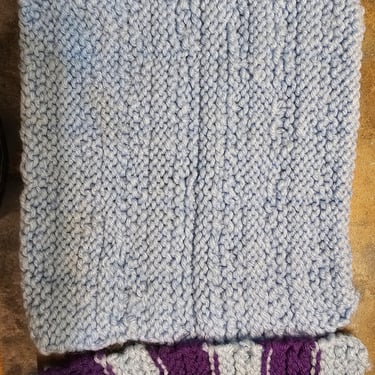

My first attempts! acrylic is way too fuzzy and stretchy but i was proud to have made something!
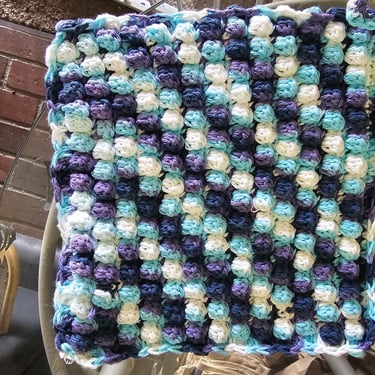
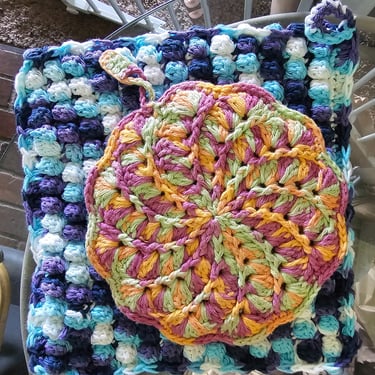
Getting better!






As an Amazon Associate, I earn from qualifying purchases. This means I may receive a small commission (at no extra cost to you) if you click a link and make a purchase. I only recommend products I personally use or trust for my recipes and projects.
this post is for informational purposes only and is not intended as medical advice. Always test products on a small surface first and use caution when using essential oils around children or pets
Questions? Email me at hello@thehearthwitchsnook.com
Explore natural remedies and hearth-centered living.
© 2025. All rights reserved.
Disclaimer: The content on this website is for educational and informational purposes only. It is not intended to diagnose, treat, cure or prevent any disease or health condition. Always consult with a qualified healthcare provider before making changes to your health or wellness routines-especially when using herbs, essential oils, or supplements for children, pets, or if you are pregnant, nursing or have a medical condition. The Hearth Witch's Nook is not responsible for individual outcomes.
